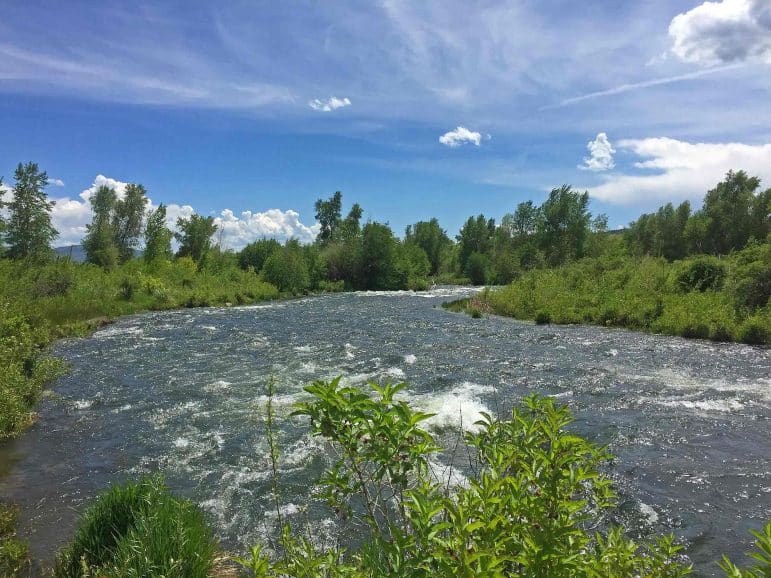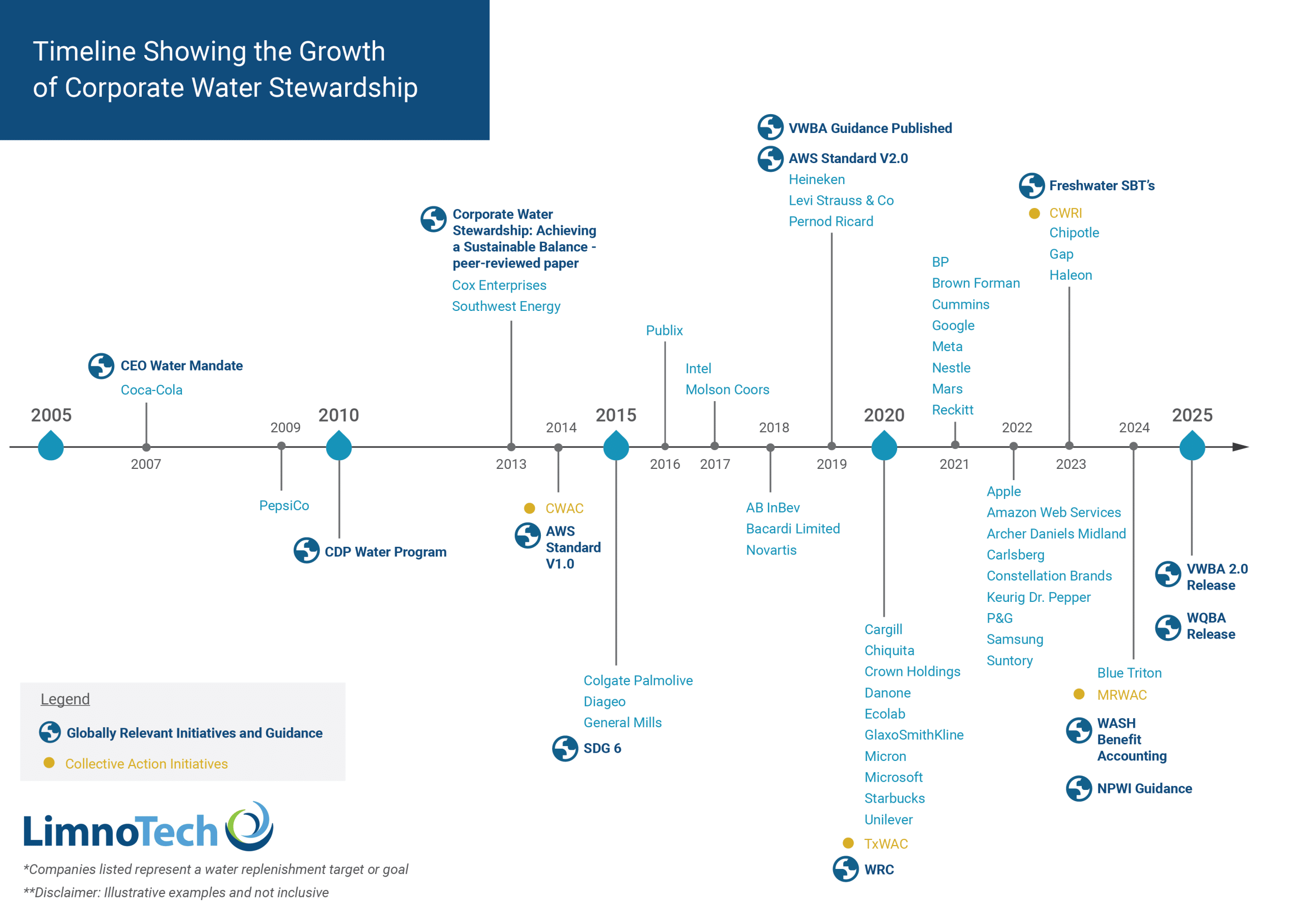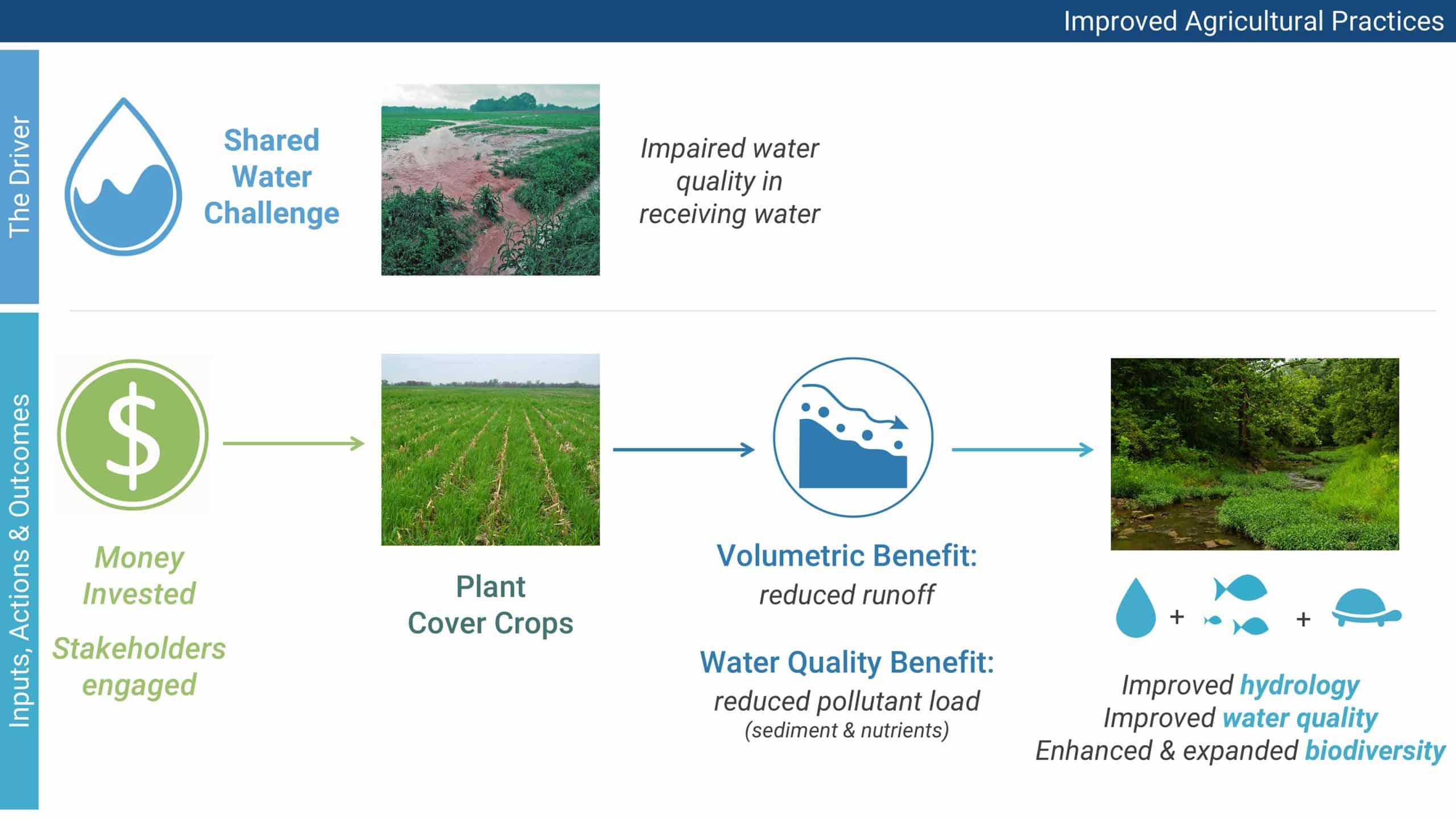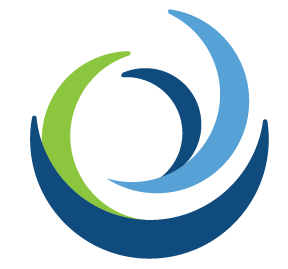
Count Down for the Release of Volumetric Water Benefit Accounting 2.0 and Water Quality Benefit Accounting!
Two essential and long-awaited publications, Volumetric Water Benefit Accounting 2.0 (VWBA 2.0) and Water Quality Benefit Accounting (WQBA), are set to be released in the coming months for use by water stewardship practitioners.
By Penelope Moskus, Principal and Senior Environmental Scientist and Laura Weintraub (Ann Arbor, MI), Vice President and Water Stewardship Practice Area Lead (Ann Arbor, MI)
August 6, 2025
A Core Element of a Successful Water Stewardship Program is to Understand and Quantify Project Benefits
One of the core elements of a successful water stewardship program is for corporate partners to understand and quantify the benefits of projects they are supporting in communities and watersheds around the world. A scientifically-based quantification of benefits helps organizations understand how the project activities address shared water challenges and provides a valuable foundation for credibly communicating these benefits to internal and external audiences.
Aligned with this need, two essential and long-awaited publications, Volumetric Water Benefit Accounting 2.0 (VWBA 2.0) and Water Quality Benefit Accounting (WQBA), are set to be released in the coming months for use by water stewardship practitioners. LimnoTech has collaborated with non-profit and for-profit partners (1) to develop these guidance documents, which walk readers through the life cycle of water stewardship projects and the quantification of volumetric and water quality benefits.
Volumetric Water Benefit Accounting 2.0 (VWBA 2.0)
VWBA 2.0 updates the widely recognized and implemented VWBA (2019), which provided companies with a robust but practical approach to quantify volumetric benefits of water stewardship projects. VWBA 2.0 provides an improved structure with a six-step roadmap for volumetric benefit quantification that incorporates lessons learned by leading companies over 15 years of implementation. The guidance covers topics ranging from project selection and partner identification to benefit quantification, claims, tracking, and reporting.
The timeline graphic below shows that a surge of companies set volumetric water goals and invested in water stewardship projects following the release of VWBA (2019). Since then, VWBA has been consistently and effectively used to support most corporate water stewardship programs.

Water Quality Benefit Accounting (WQBA)
Companies most commonly report volumetric water benefits because they are often straightforward to calculate and communicate. However, most water stewardship projects provide benefits that extend well beyond the volumetric water benefits that are being calculated and claimed.
As illustrated below, some water stewardship projects provide multiple benefits to address challenges related to water quality, watershed health, or biodiversity.

Many companies are supporting holistic water stewardship projects with a primary objective to improve water quality and/or watershed health. WQBA was developed as a companion to VWBA and provides corporate water stewardship practitioners and project implementers with scientific and pragmatic guidance and methods to quantify water quality benefits.
Just as we have observed a growing number of companies develop water stewardship programs that support projects with volumetric benefits and follow the principles and methods of VWBA, we expect that WQBA will give companies confidence to incorporate water quality and watershed health elements into their water stewardship programs. WQBA will allow companies to credibly quantify, track, report, and claim water quality benefits resulting from their commitment to water stewardship actions. WQBA follows a similar six-step process as outlined in VWBA 2.0.
The Value of the New VWBA 2.0 and WQBA Guidance
Outlined below is the value of the new VWBA 2.0 and WQBA guidance:
- Provide structured guidance in a step-by-step process.
- Clearly articulate programmatic guidance, which is very consistent between VWBA 2.0 and WQBA.
- Confirm and document best practices that have been followed for years.
- Establish clear and consistent guidelines for corporate funders, project implementers, and benefit quantifiers.
- Refine and expand some of the indicators and methods for VWB quantification and provide methods for WQB quantification.
Dozens of companies are implementing water strategies and investing in water stewardship projects, but additional investment and collaboration are needed to truly scale impact and address water challenges. We are excited about the upcoming publication of these guidance documents and look forward to supporting companies in developing and implementing water strategies to promote sustainable practices, help address shared water challenges, and reduce environmental impacts.
After the official publication of VWBA 2.0 and WQBA, the project teams (1) will be conducting a series of technical webinars to share more information on these impactful guidance publications. Please reach out to Penelope Moskus at pmoskus@limno.com if you have questions or if you would like to be added to a communication list for upcoming webinars.
(1) VWBA2.0 authors are LimnoTech, World Resources Institute, Bonneville Environmental Foundation, and Bluerisk. WQBA authors are LimnoTech, World Resources Institute, and The Nature Conservancy. Both documents underwent extensive partner consultation.
If you would like to learn more about how LimnoTech supports companies with their water stewardship goals and initiatives, don’t hesitate to get in touch with Penelope Moskus at pmoskus@limno.com or Laura Weintraub at lweintraub@limno.com.
Follow us on LinkedIn and check the Insights & Perspectives page on our website for more information and updates.
Penelope Moskus is a Principal and Senior Environmental Scientist with 30 years of experience. Penelope co-directs LimnoTech’s corporate water stewardship practice area, helping clients develop strategies, guidance, and tools to reduce water-related risks and supporting clients with water stewardship program implementation. She advises clients on project selection, has evaluated volumetric and complementary benefits of hundreds of potential and funded projects, and annually supports corporate reporting for numerous companies. Penelope has supported a major corporation’s replenishment program for 15+ years, including strategy development; development of replenish guidance; quantification and reporting of replenish benefits; validation, verification, assurance, and advising on internal audits. She also supports global and local NGOs, food and beverage companies, energy providers, high-tech companies, agricultural providers, and supermarket chains. Penelope contributed to Volumetric Water Benefit Accounting (VWBA) and is one of the authors contributing to VWBA 2.0. She has piloted Water Quality Benefit Accounting (WQBA) and is a Professionally Credentialed Specialist Consultant for the AWS Standard.
Laura Weintraub, PE, is a Vice President and Water Resource and Environmental Engineer with over 25 years of experience supporting public, private, and research clients in the areas of watershed planning, water sustainability, stormwater management, source water protection, and decision-support system development. She currently directs LimnoTech’s corporate water stewardship practice area, where she supports numerous companies in tech, food & beverage, manufacturing, electric power, agriculture, and other sectors. Laura leads projects to support sustainability-focused companies with water stewardship strategy and target setting; water stewardship program development and implementation; water accounting, footprinting, and circularity assessments; context-based water risk assessments; replenish project scoping and benefit quantification; Alliance for Water Stewardship Standard training and certification; and sustainability reporting. She has also led efforts to evaluate water risk and sustainability metrics, assess opportunities for alternative (degraded) water supply use, and quantify the economic costs and benefits of water stewardship projects implemented outside the fenceline of an organization’s operational boundaries.




